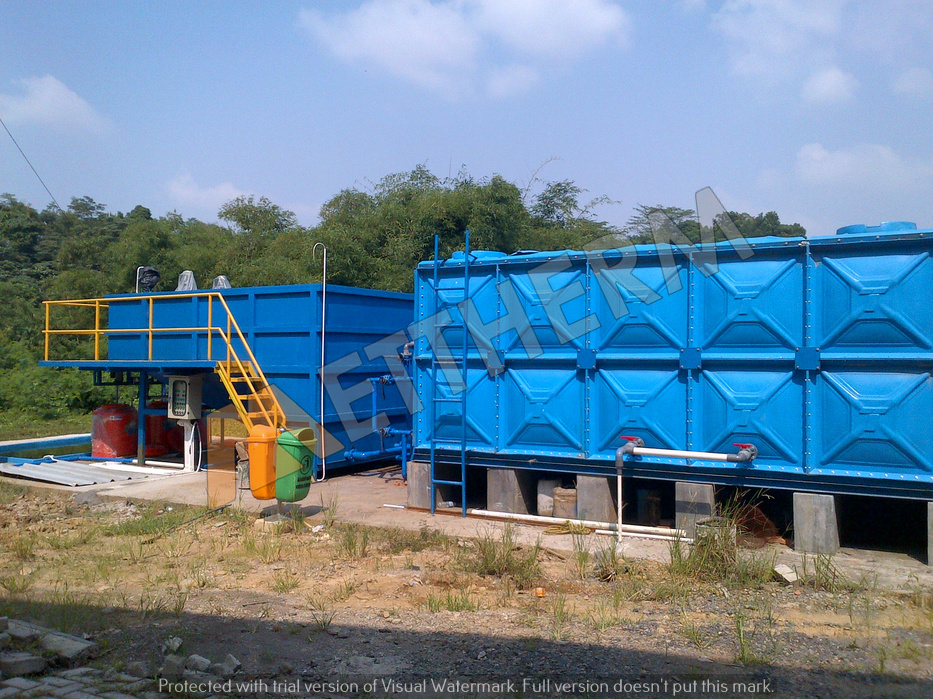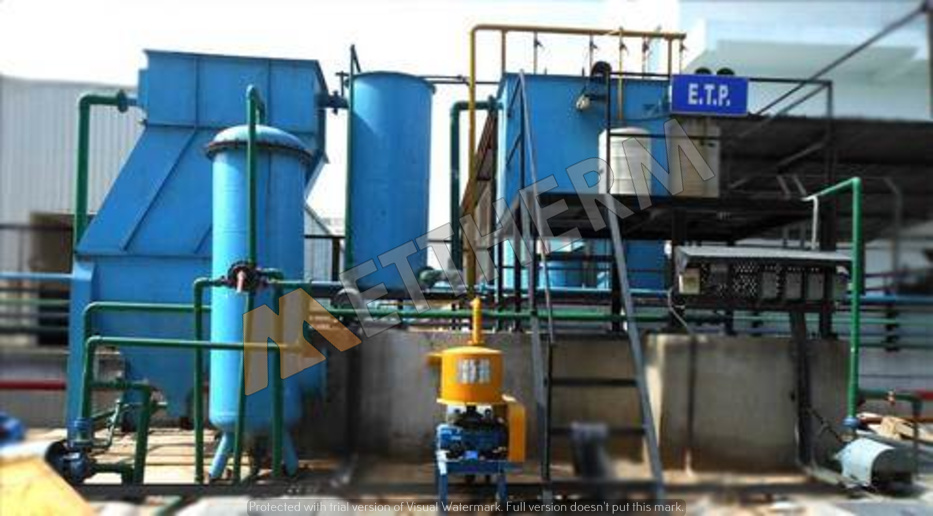Lead Acid Waste Treatment Plant
Lead Acid Waste Treatment Plant
Product Description
TREATMENT TECHNOLOGY
Lead is used as an industrial raw material for storage battery manufacture, pigments, fuels, photographic material, and matches manufacturing. It is one of the most widely used nonferrous metals in industry.
The storage battery industry is the largest consumer of lead in battery manufacturing plants, it was reported that lead losses per battery manufactured ranged from 4.54-68mg, and that water usage ranged from 11-77 gal per battery. Highest lead concentrations originated from the plate-forming area. This water has a low pH, which leads to a high concentration of dissolved lead. Waste pH values of 1.3 – 2.6. Particulate lead battery wastes is very fine, and is reported to required long detention periods (Nearly 24 hr.) for effective setting.
Treatment of soluble lead involves, for the most part, reaction to from a lead precipitate, and sedimentation. Precipitation chemicals used include lime or caustic to precipitate lead hydroxide, soda-ash to precipitate lead carbonate, and phosphate to precipitate lead phosphate. Alum, and ferric, sulfate coagulation have also been used for lead treatment.
PRECIPITATION
In the Precipitation processes, lead is normally precipitated as the carbonate, PbCO3 0r the hydroxide, Pb(OH)2. Higher pH (up to 10.0 ph) has also been recommended. The effect of pH on lead hydroxide precipitation indicates an optimum pH of 10.0 yielded a residual lead level below 0.5 mg/1. In forming insoluble lead hydroxide, lime is the treatment chemical of choice, although caustic has been used. Improved effluent levels were observed at more alkaline pH and for long setting times.
The use of sodium phosphate (Na3PO4) has been reported for lead treatment, to precipitate lead phosphate. The solubility of lead phosphate is determined by treatment pH and phosphate dosage.
COAGULATION
The precipitation isassisted by the addition of ferrous sulfate, which act as a coagulating agent. The treated effluent flows to a sedimentation basin from which the lead sludge is collected, dewatered in a filter.
Air Pollution Control Plant
The objective of the pollution management plan is to control the air pollution (as only one pollution creating source) and maintain the emission standards of State Pollution Control Board. Considering energy conservation and natural resources conservation (because oil used as fuel) , the air pollution control system has been designed and used. The system provides a high efficiency air purification system.
The dust laden gas will first come into the flame arrester then to system of bag house. High temperature and high-pressure velocity will create a positive suction through the chamber of the system form where flow of dust laden air separate dust from the gas into their bag surface collection drum and dust free gas will come into passing chamber. At last, the dust free gas will pass into stack with high pressure for atmospheric dispersion.
Collected dust will come into conical shaped collection box of bag house. The collected dust from this tank will be transferred through rotary air lock motorized valve to fabric bag installed at bottom.
The collected dust will collected in dust collection tank, for dumping or reuse.

